The art of gardening requires a combination of attention, knowledge and the use of suitable materials to promote the healthy growth of plants. One such material that has gained popularity in recent years is the vermikolat. But what exactly is it and why is it so useful for plants?
Vermiculite is a natural mineral mined in different parts of the world and is made up of thin, laminar sheets that expand considerably when heated to high temperatures. This distinctive feature makes it a valuable material in the gardening sector. In fact, when vermiculite is used as part of the substrate, it offers many advantages.
If you want to optimize plant growth and improve the results of your garden, then consider using it as an integral part of your crop care regimen. In this article, we’ll explain how to do it better.
What is Vermiculite?
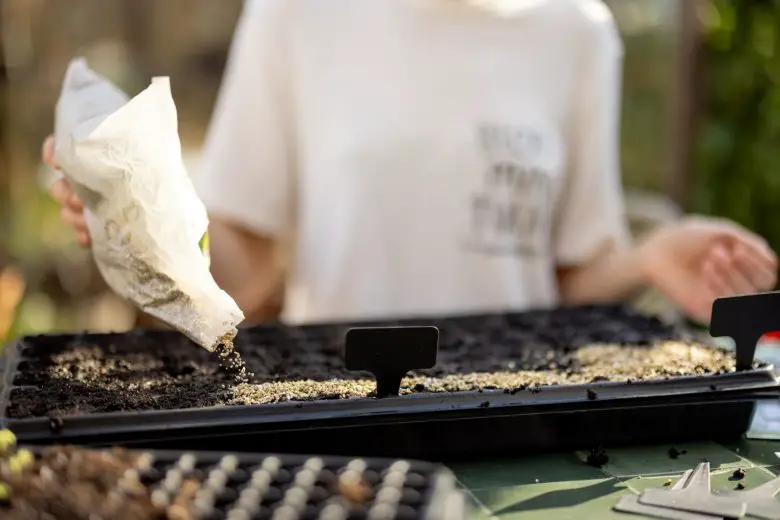
Vermiculite is a natural mineral belonging to the group of phyllosilicates. It derives from the formation of volcanic rocks called mica and appears as a layer of thin and laminar sheets. The name vermiculite comes from the Latin vermiculus=small worm, due to the characteristic appearance of the particles.
Most of the vermiculite used commercially comes from deposits located in different parts of the world, including South Africa, China, Russia, Brazil, the United States and Australia. These deposits were formed as a result of geological processes involving the erosion, cooling and weathering of volcanic rocks.
The vermiculite extraction process involves several stages. First of all, the deposits are identified and open-cast or underground mines are opened. Once the deposit is reached, the ore is extracted using excavation equipment, such as excavators or drills.
Subsequently, it is transported to processing plants where it undergoes a series of treatments. The first step consists in the separation of impurities and waste rocks. The raw vermiculite is then subjected to a high temperature heating process, usually in rotary kilns or fluidized bed kilns. During this process, the water trapped between the vermiculite sheets turns into steam, causing the mineral to expand up to 20 times its original volume.
Once expanded, vermiculite can be separated into different particle sizes through sieving or swabbing. The different fractions of expanded vermiculite can be used in a variety of applications, including agriculture, gardening, construction and thermal insulation.
What is expanded vermiculite for plants?
Vermiculite has various mechanical-physical properties that can be exploited by plants, with numerous advantages, let’s see them:
- For one thing, it has excellent water holding capacity. Its laminar sheets absorb water and hold it within their porous structures. This feature allows plants to have constant access to water, even during dry spells or when the soil is subject to rapid drainage. Vermiculite gradually releases water to the roots, maintaining a well-hydrated root environment;
- The porous structure of the material promotes good airflow in the soil. This is especially important for healthy root development, as oxygen is essential for plant metabolism. Vermiculite-facilitated soil aeration promotes better root respiration and prevents problems such as moisture buildup and soil compaction;
- It also has the important ability to absorb and retain nutrients, such as nitrogen, phosphorus and potassju, making them available to the roots. This helps plants get a constant supply of essential nutrients for healthy growth and development. Additionally, the material gradually releases nutrients over time, reducing the risk of over-fertilization and run-off;
- It is a light material, which makes it easier to manage the growing medium. This is especially useful in potted crops or plants that require frequent moving;
- It is an inert and sterile material, free of organic substances or pathogens. This means it is a safe substrate to use for growing and reduces the risk of disease or fungal infestation. In addition, vermiculite does not decompose over time, keeping its structure and properties stable for a long time.
How is vermiculite used?
Using vermiculite as part of your growing medium can contribute to healthy and vigorous plant growth, improving yield and overall crop quality.
In gardening practice, therefore, take the soil or growing medium you wish to use and mix the vermiculite in appropriate proportions. You can add material in an amount between 10% and 30% of the total volume of the substrate.
Make sure you mix the vermiculite well with the soil so that it is evenly distributed. This helps prevent waterlogging and promotes a well-drained root environment, avoiding problems such as root rot.
As mentioned, vermiculite has the ability to retain water. This is especially useful for plants that require higher humidity or for situations where you need to reduce the frequency of watering. Be sure to water the containing substrate adequately and watch water needs closely to avoid both over-watering and dehydration.
Another interesting use is the combination of vermiculite with other materials to further improve the substrate. For example, you can mix it with peat, kompost or potting soil to create a balanced and nutrient-rich substrate.
Finally, you can use expanded vermiculite as a means of sowing or for transplanting seedlings. The material provides a light, sterile environment that promotes seed germination and early seedling growth. You can place the seeds or seedlings on the surface of the vermiculite substrate and lightly cover them with a thin layer of vermiculite or potting soil. This practice is widely used in horticulture.
Vermiculite, in different formats and packages, it is easily found for sale in gardening stores (here you will find a wide selection).

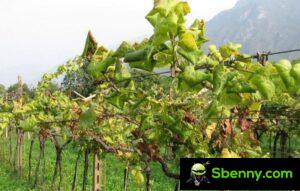
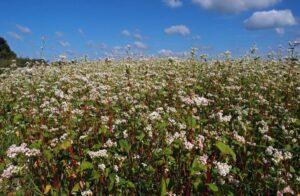
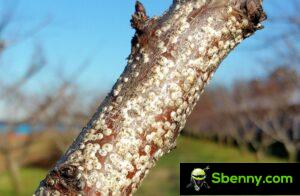
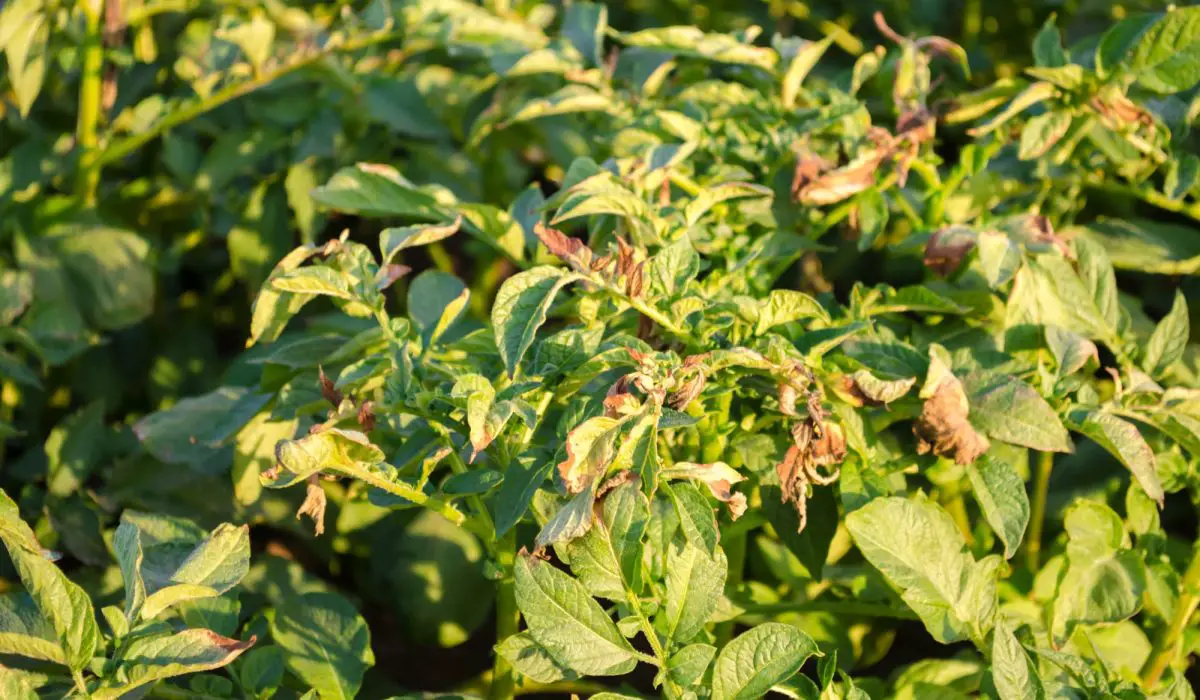
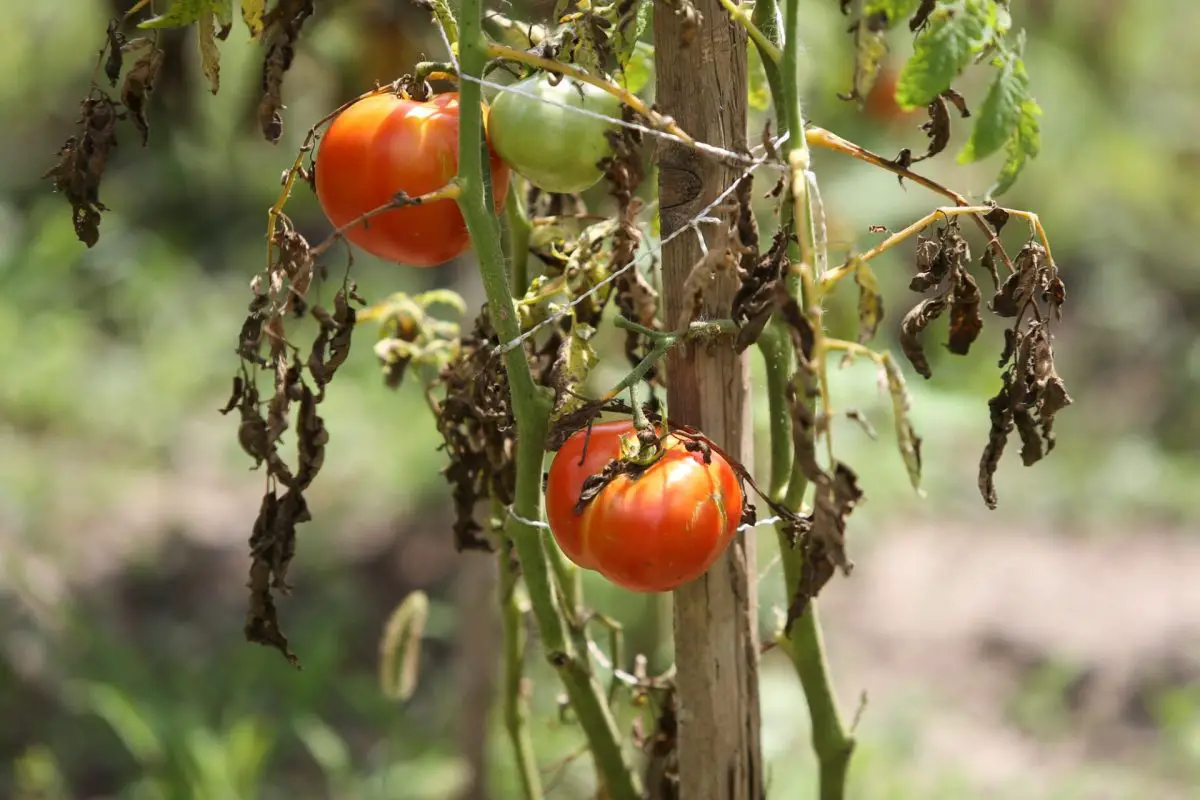
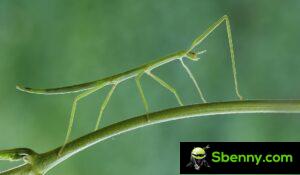
Ibda Thread ġdid